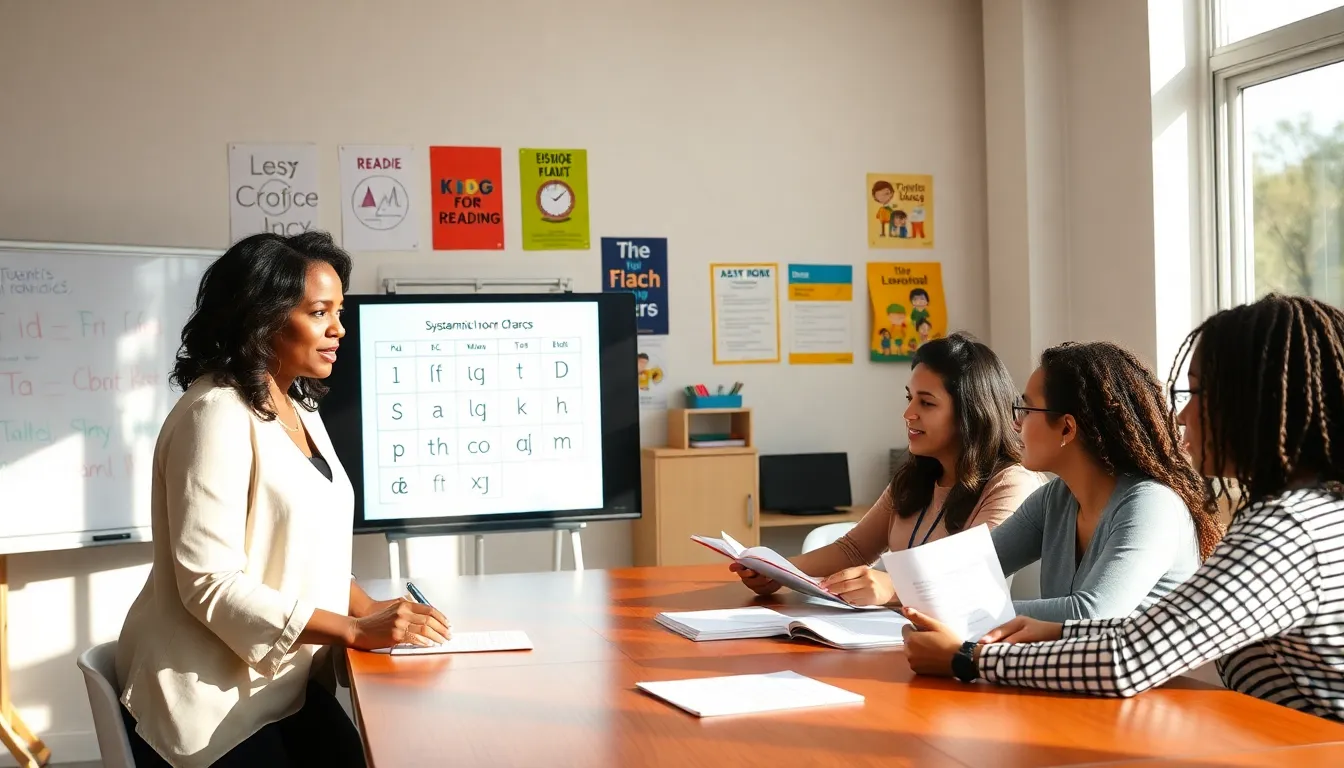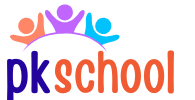In the bustling world of education, contrasting methodologies often spark vibrant debates. Enter ‘structured literacy’ and the ‘science of reading,’ two champions in the quest to teach kids how to decode words. Just like pizza lovers argue over thin crust versus deep dish, educators and parents are torn over these two approaches. But fret not. This blog post dives deep into these strategies, peppering in insights that’ll make you the most informed person at your next dinner party, trust us, you want to know this stuff.
Table of Contents
ToggleUnderstanding Structured Literacy

Structured literacy is an instructional approach designed to teach reading efficiently and effectively. It emphasizes systematic phonics and spelling patterns, guiding students through layers of text comprehension.
Key Components of Structured Literacy
The backbone of structured literacy involves phonological awareness, phonics, fluency, vocabulary, and comprehension. By focusing on explicit instruction, this method helps students connect sounds to letters in ways that resonate with their learning needs.
- Phonological awareness is about recognizing sounds in words, critical for mastering reading.
- Phonics teaches the relationship between letters and sounds, acting as the GPS for navigating text.
- Fluency ensures students can read smoothly and with expression.
- Vocabulary builds up a bank of words that students can recognize and use.
- Finally, comprehension helps kids understand what they read, transforming text into meaningful knowledge.
Benefits of Structured Literacy
The structured approach is particularly beneficial for students with dyslexia or other reading difficulties. This method breaks down the complexities of language into digestible chunks. Research indicates that structured literacy can boost reading achievement across diverse populations. By combining systematic instruction with practice, many learners who once struggled become confident readers. What’s not to love about that?
Critiques of Structured Literacy
While structured literacy boasts many advantages, it’s not free from criticism. Some argue that its rigid framework may stifle creativity. Critics also point out that an overemphasis on phonics can leave less room for innovative teaching methods that emphasize comprehension and critical thinking. They worry that strict adherence to structured literacy might ignore the joy of storytelling and literature, vital elements that ignite a child’s passion for reading. Also, as teachers commit to this structured framework, they may find themselves equipped with less flexibility to adapt their teaching style to meet individual student needs.
Defining the Science of Reading
The science of reading represents a broader, research-based collection of instructional strategies based on cognitive and linguistic psychology. It strives to integrate various components, such as phonics, vocabulary, and comprehension, in a holistic fashion.
Core Principles of the Science of Reading
Key principles include understanding how children learn to read through phonemic awareness, contextual understanding, and fluency. It focuses on a multi-faceted approach to literacy that encompasses both foundational skills and rich, varied reading experiences. This method encourages teaching students to draw connections across texts while understanding the nuances of language and context.
Benefits of the Science of Reading
The science of reading is particularly advantageous when catering to varied learning styles, as it tunes into the cognitive processes involved in reading. Research shows that a comprehensive approach yields substantial gains in student performance, supporting evidenced-based practices that foster a love for reading. This methodology not only equips students with decoding strategies but also empowers them to become critical thinkers and fluent readers.
Challenges and Misconceptions
Even though the merits of structured literacy and the science of reading, misconceptions bubble up. Some educators believe that these approaches are mutually exclusive when, in fact, they can complement each other. A common myth revolves around the notion that phonics instruction is the only crucial skill in reading: the reality is that vocabulary and comprehension also hold equal importance. Also, some may think that only struggling readers benefit from these models, but evidence shows they can enhance the learning experience for all students.
Comparative Analysis of Approaches
When contrasting structured literacy with the science of reading, it becomes clear each holds distinct strengths. Structured literacy offers a methodical approach tailored for students needing step-by-step guidance, particularly those with learning challenges. On the other hand, the science of reading encapsulates a broader scope, integrating diverse literacy elements to build a more comprehensive reading experience. While structured literacy rigidly adheres to a specific technique, the science of reading bends towards an adaptable blend of strategies tailored to the learner’s needs.
Choosing the Right Approach for Diverse Learners
Selecting the ideal approach to reading instruction can often feel daunting. But, understanding the strengths of both structured literacy and the science of reading empowers educators and parents alike. Consider the child’s unique needs: for example, those with dyslexia may benefit more from structured literacy’s systematic methodology, whereas others may thrive under the broad scope of the science of reading. Besides, blending elements from both can create a more inclusive environment that appreciates diverse learning styles while fostering enthusiasm for reading.



